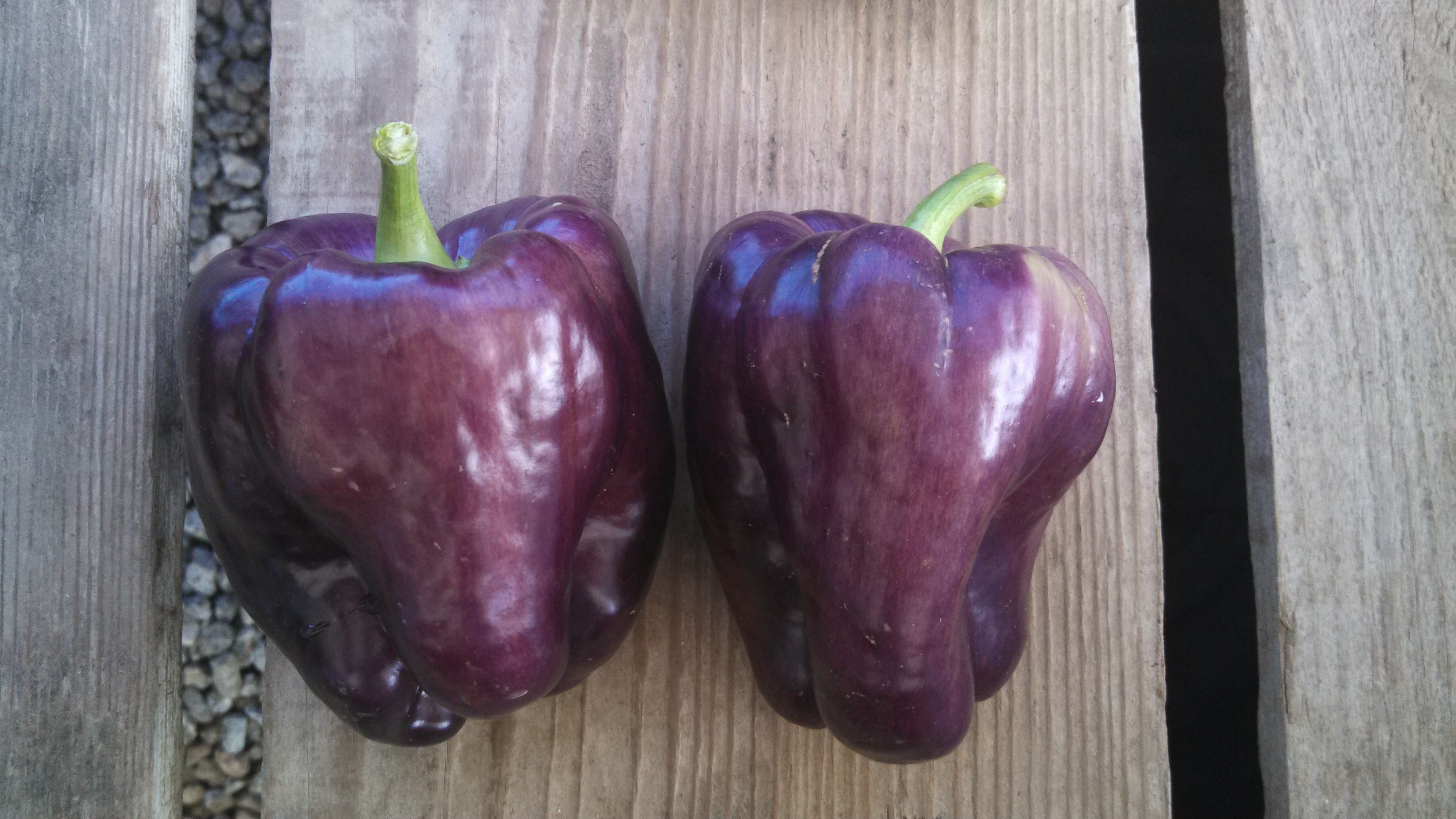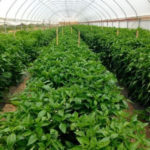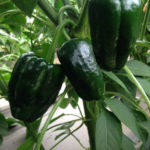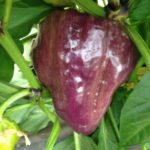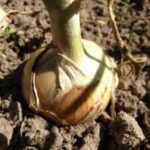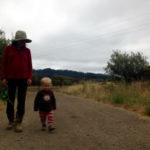As a farmer you live in the present but think six months into the future. It’s critical time right now to finalize the winter crop plan for the CSA and also to decide what fields to grow the crops in versus which fields to plant over-wintering cover crops. Our sowings in the greenhouses consist of fall crops now and we are beginning to plant out our first rounds of fall veggies into the fields. But don’t worry, there is still plenty of summer crops yet to come!
We have definitely felt the shift in season here at the farm from spring to summer. Our cooler weather crops aren’t thriving as well due to pests like flea beetles and such that increase when temperatures rise. We are also much drier now and constantly trying to keep up on the irrigation.
Our peppers are starting to produce and we’ll see our first big flush of padrons here soon. The next pepper to come on will be the Poblanos. They are a couple weeks out still before you will see them in your box so start planning on what you’re going to stuff them with now! Next you’ll see the Purple Islander peppers show up in your CSA share. They are starting to turn a light purple and it’s exciting to watch them getting darker purple week by week. After that our sweet peppers will be on.
Our rows and rows and rows of storage onions are about to get pulled to begin the curing process in the fields which will take a couple weeks but we are thinking we’ll cut off the tops and send you all some fresh onions sooner than that!
It’s been so busy around the farm but Charlie was able to fit in some time in his schedule to take his mom over to our newly leased fields where we’ve planted our dry beans, winter squash and potatoes for a field walk last week. He saw all the winter squash coming up nicely and noticed that the dry beans are doing quite well too. He did report back though that our potato yields have been a bit low and he believes it is a fertility issue.
In order to access those fields you must cross over a bridge that spans over a creek and the bridge will not support more than 5 tons of weight. That makes it quite difficult to bring in compost for spreading in order to amend and build the soil when the truck itself weighs over 5 tons empty. The bridge has actually broken in the past from a compost truck.


